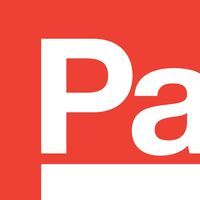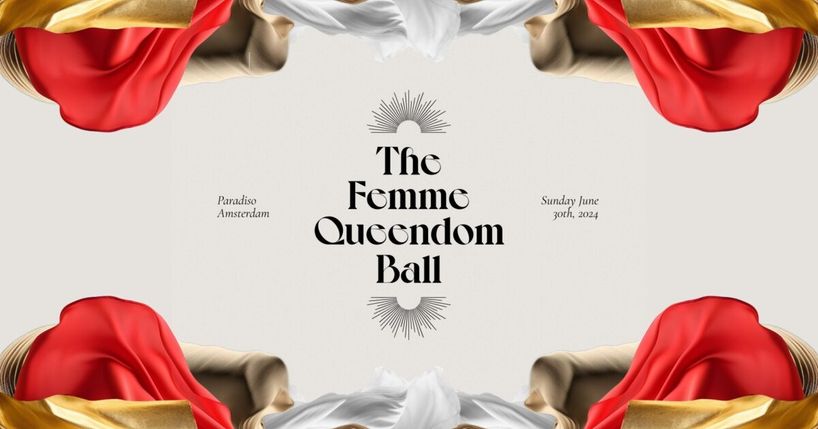
Paradiso Amsterdam
5K+
Followers
2K+
events

Followers
events

Sunday, Jun 30 2024 · 12:00 PM - Monday, Jul 1 2024 · 12:00 AM
Via Il Prato, 66, 50123 Firenze FI, Italië
MOTHER NAIMAH ELLE welcomes you to the Femme Queendom, where all Fem Queens reign supreme. A night dedicated to Fem Queen Excellence! Balls are competitions where individuals and houses unite to compete in categories across fashion, beauty, realness and performances for prizes. History of House I Ballroom --------------------------- The House ballroom scene began in the early twentieth century with the rise of "faerie balls" and cross-dressing pageants during the Harlem Renaissance. Its modern form was established in 1968 as a response to racism within New York’s LGBT community. Crystal LaBeija, a prominent figure in the city’s crossdressing competitions and pageants, publicly broke away from the predominantly white gay male scene that year. She founded a separate ballroom circuit welcoming black and Latino gay men, lesbians, and transgender individuals. The following year, Crystal established the House of LaBeija, which consisted of black and Latino performers participating in cross-dressing events. Throughout the 1970s, additional houses started to emerge, many of which were named after famous transgender women in the ballroom scene. Examples of these houses are the House of Pendavis, the House of Dupree and the House of LaWong. In 1973, the first Butch Queen (BQ), Erosion Christian, made their debut at a ball, showcasing their Face category. This paved the way for other BQs like David Padilla and Junior LaBeija to start participating. By 1976, the formation of more Brooklyn houses started when RR Chanel founded the House of Chanel. Then, in 1978, Larry and Richard established The House of Ebony. David and Angie established the House of Extravaganza in 1982, which played a pivotal role in welcoming more Latinos into the Ballroom scene. Then, in 1986, Eric Christian Bazaar moved to DC and, alongside Lowell, founded the House of Khan, marking the first migration of a House and Ball outside of NYC. In 1989, Michael Gaskins hosted the first ball in Philadelphia, known as The Onyx Ball. By 1990, the Ballroom culture had extended its reach to Baltimore. In the mid to late 90s, the Ballroom scene experienced a significant rise in popularity. It expanded beyond its traditional hubs, with notable growth in cities like Hartford, Boston, North Carolina, Atlanta, and the Midwest. Additionally, cities like Los Angeles and Miami became lively centres for Ballroom culture. As the 2000s progressed, this explosion continued, with even more cities in the Midwest joining the scene and international growth in places like Paris, Toronto, and beyond. Today, the Ballroom scene has a presence in nearly every majority-black city in the US, with overseas growth booming in countries like Russia, Mexico, Hungary, Brazil, Germany, and others. MOTHER NAIMAH ELLE -- Event source: https://www.paradiso.nl/en/program/the-femme-queendom-ball/2048804